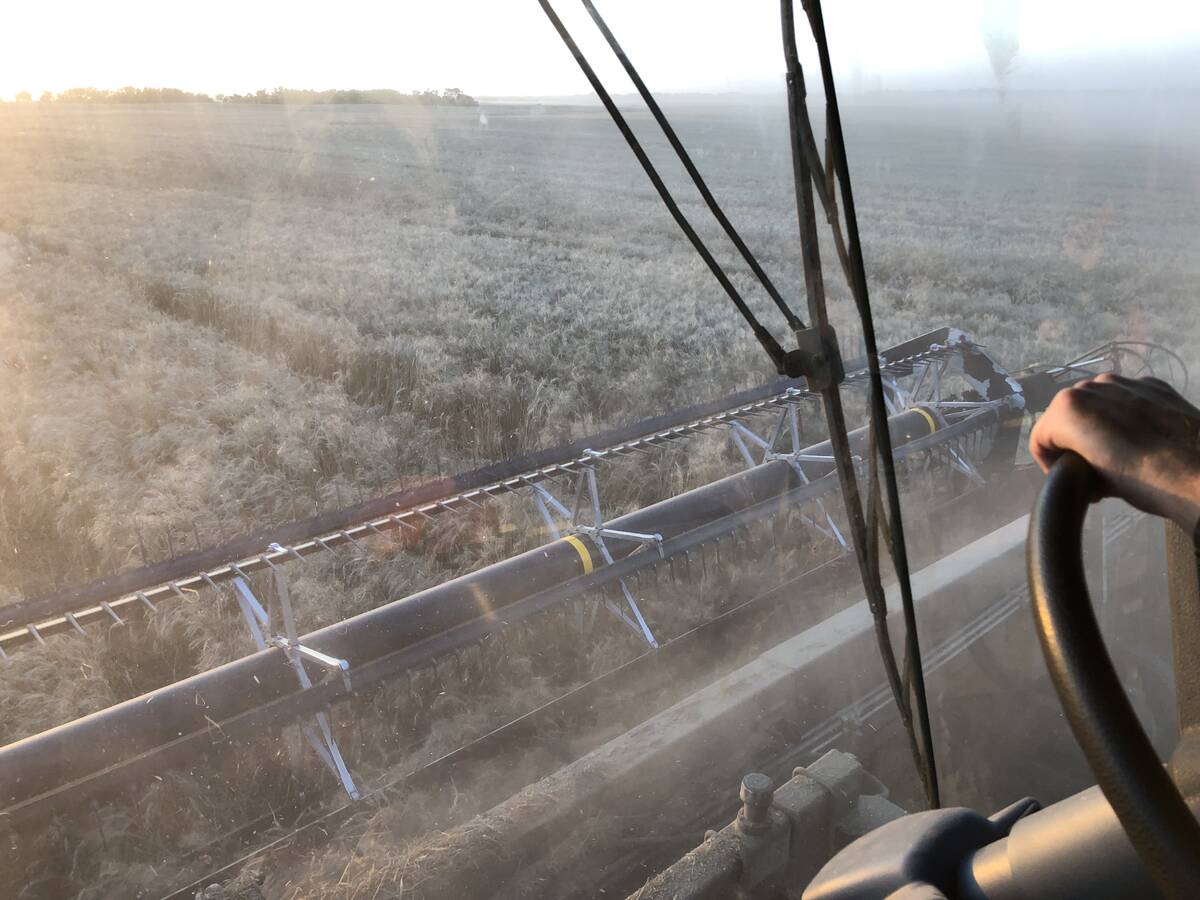Bred for resistance | Selected growers may test the hulled milling oat variety this spring
Researchers are continuing to stack the genetic deck in the fight against crown rust.
OT2069, a new white hulled milling oat variety from Winnipeg’s Cereal Research Centre, shows good disease resistance and yield potential.
“We don’t want to see what happened with the Pc68 gene that was present in Assiniboia, Pinnacle, Medallion, Ronald, Furlong. All of Manitoba was planted to those cultivars and that resistance broke down fairly quickly,” said breeder Jennifer Mitchell-Fetch.
“So I was trying to put more genes together so we could fight the battle against the crown rust pathogen. It is resistant right now, but if something comes in that overcomes that resistance, then we could be in a little bit of trouble.”
Read Also

Mail strike disrupts grain sample delivery
The Canadian Grain Commission has asked farmers to consider delivering harvest samples directly to CGC offices, services centres or approved drop offs as Canada Post strike delays mail.
The variety is the product of a CRC program that breeds disease resistant cultivars for the milling industry and producers in the eastern Prairies.
The variety, which will be marketed by Secan, went into registration trials in 2009 and 2010. It’s since been accepted for registration and, while remaining a few years away from market, could be grown by select growers this spring. Yields in the 2009-10 Western Cooperative Oat Test were favourable.
“It was similar to Morgan in the trial,” said Mitchell-Fetch.
“Morgan has been our high-yielding check in the Western Co-op, so we’re pleased with something that’s disease resistant plus doesn’t have a yield penalty.”
OT2069 shows resistance to smut and moderate resistance to stem rust and fusarium head blight.
“The one claim to fame it had was it showed the lowest amount of DON accumulation from fusarium head blight than all of the other lines in the 2009-10 Western Co-op test,” she said.
“It’s less of a problem in oats than it is in, like, wheat or barley. So the amount of DON accumulated is still low, but in this particular line it’s lower.”
With a maturity between CDC Dancer and Leggett and a similar resistance to lodging as those varieties, Mitchell-Fetch said the variety might be OK to straight cut.
Its physical qualities should meet milling standards, with a high test weight, protein, dietary fibre and beta glucan content.
Mitchell-Fetch said beta glucan is what gives oats their “hearth-healthy” claim.
“The producers, the ones that come to the meetings, are aware of the betaglucan content. I don’t know how much the general public would be aware of that because they’re not being paid necessarily a premium for the betaglucan content,” she said.
“The millers haven’t come to the point yet where they’re saying, ‘we’ll take your cultivar because it’s got higher beta glucan’ when a producer brings it to the mill.”
She said OT2069 does show a higher oil content than other varieties, which while undesirable for milling purposes, could make it attractive for equine markets.
















